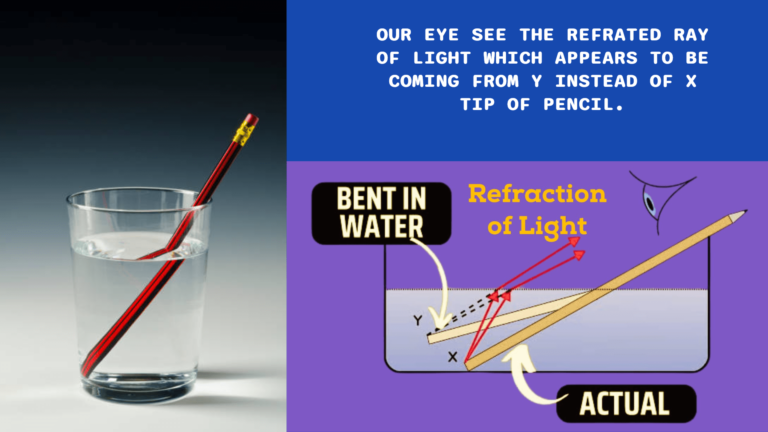String Phone Science Project: Fun and Easy Sound Experiment for Kids
Let’s take a fun trip back in time and make our own string telephone! This simple yet amazing project shows how sound waves travel and is perfect for curious young minds. Ready to turn paper cups and string into a magical device for secret conversations? Let’s get started!
What You’ll Need:
- 2 paper cups (any size will work, but medium-sized cups are ideal)
- A sharp pencil or sewing needle to make small holes
- String (kite string, fishing line, or even yarn works well)
Instructions:
- Cut the String: Measure and cut a long piece of string, around 20 meters (about 66 feet) is a good start. You can try different lengths later to see what works best.
- Poke Holes in the Cups: Use the sharp pencil or needle to make a small hole in the bottom of each cup.
- Thread the String: Push one end of the string through the hole in one cup and tie a knot to keep it from slipping through. Do the same with the other cup. You can also use a paper clip or washer on each end to hold the string in place.
- Position the Cups: You and a friend each take a cup and walk apart until the string is tight. Make sure the string doesn’t touch anything else, like furniture or the ground.
- Talk and Listen: One person talks into their cup while the other puts the cup to their ear. Can you hear each other? It’s like magic, but it’s really science!
What’s Happening?
Let’s break down the science behind this cool project.
- Sound Waves: When you speak into the cup, your voice creates sound waves. These waves make the bottom of the cup vibrate.
- Vibrations Travel: The vibrations travel along the string as it pulls on the string. They move fast through the string because sound waves travel better through solids (like the string) than through air.
- Back to Sound: When the vibrations reach the other cup, they make the bottom of that cup vibrate. These vibrations turn back into sound waves, and your friend can hear what you said.
Fun Fact:
Did you know that sound travels much faster and better through solids than through air? That’s why your string phone works so well!
Explore More:
- Try using different lengths of string. Does a shorter string make the sound clearer or louder?
- What happens if you use different materials for the string, like a piece of wool or a thin wire?
- Experiment with different types of cups. Do plastic cups work better than paper ones?
Modern Phones:
Today’s phones are super high-tech compared to our string phone. Modern mobile phones use radio waves to send sound through the air, while landlines use electric currents traveling through wires. Even though technology has advanced, the basic idea of transmitting sound waves is still the same.
So, grab your cups and string, and enjoy the wonder of sound traveling through your homemade string telephone. Science can be so much fun!





